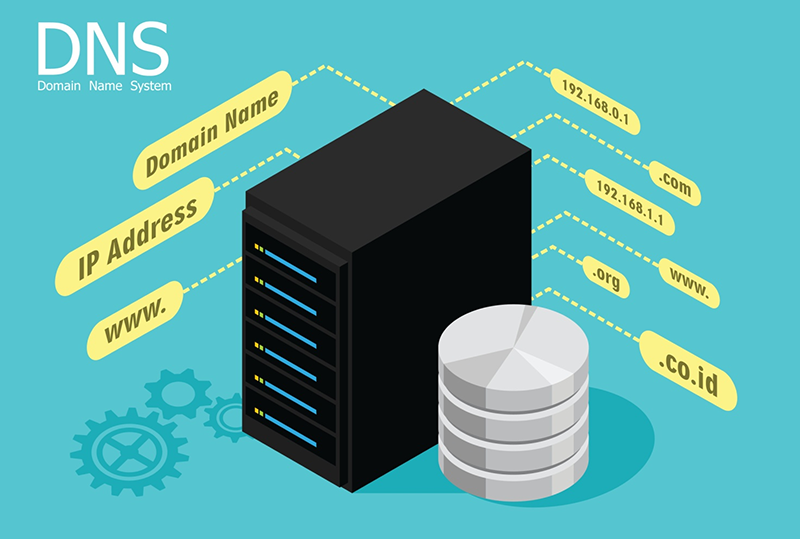What is DNS and Why Do We Need It?
The Domain Name System (DNS) translates alphabetical domain names — web addresses, which we find easier to remember, to their machine-friendly numeric equivalents — IP addresses, which devices connected to the Internet use to communicate to each other.
We don’t even realize how powerful DNS network is because it is transparent for us and runs in the background. It is able to connect billions of users to more than 300 million domain names, and we just take this sophisticated engineering solution for granted using it multiple times a day while doing our jobs, checking emails, or just surfing the Web.
A general principle of operation
It’s like using a contact list in your phone. Of course, you can know a couple of telephone numbers by heart and dial them every time you want to call someone. But usually you just find a name of a person in the contact list (cause it is easier for you), and your phone matches it to the respecting number to make a call.
A similar process takes place when you type a name of a website into the browser. For example, typing in www.iponline.com, your Internet Service Provider (ISP) overviews the DNS related to this domain name, translates it into the corresponding IP address (e.g., 216.216.216.16), and then directs your Internet connection to the website. Pretty simple.
DNS as a hierarchical system
But if to dig deeper, DNS is a hierarchical system, and this feature helps keep things running fast and smoothly. This means there are several stages of your initial request processing.

The first stage is addressing to a recursive resolver, a server usually operated by an ISP, which knows what DNS servers it should address to translate www.iponline.com into its IP address. Then there is the second stage, where a root server is being involved. Root servers are located around the world and know everything about top-level domains (i.e., .net, . com, .org) and country domains (e.g., .us, . uk, .cn, etc.), so you’re usually directed to geographically closest server.
After your request reaches the proper root server, its next destination is a top-level domain (TLD) name server, which keeps the data for the second-level domain (the words that go before .com, like ‘iponline’ in iponline.com). Finally, the request goes to DNS, which stores the data about the website and its IP address. When the IP address is obtained, it is sent back to you to let you use the website. And this whole process happens in a split second.
Distributed directory
However, each site may correspond to several or even hundreds of IP addresses. For instance, it is likely that the server reached by your computer when you are typing, for example, the name of a search engine like Google or Yahoo is absolutely different from the server reached by other users from other countries.
And although DNS resembles the directory, it isn’t a dedicated location somewhere on the Internet, which keeps records of all domain names and IP addresses. It is actually distributed across the globe and stored on domain name servers communicating regularly with each other to share updates and redundancies.
 What Is My IP?
What Is My IP?